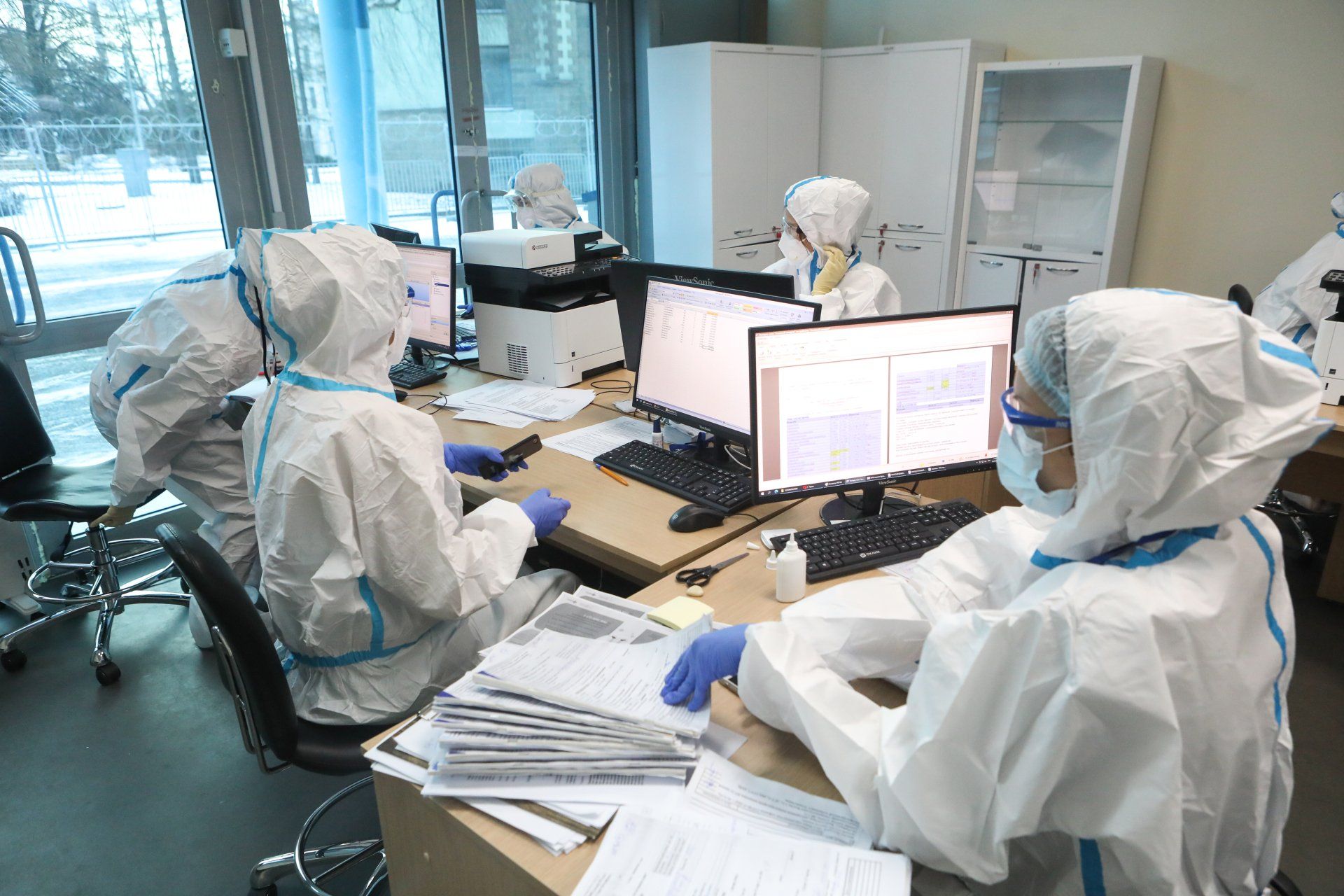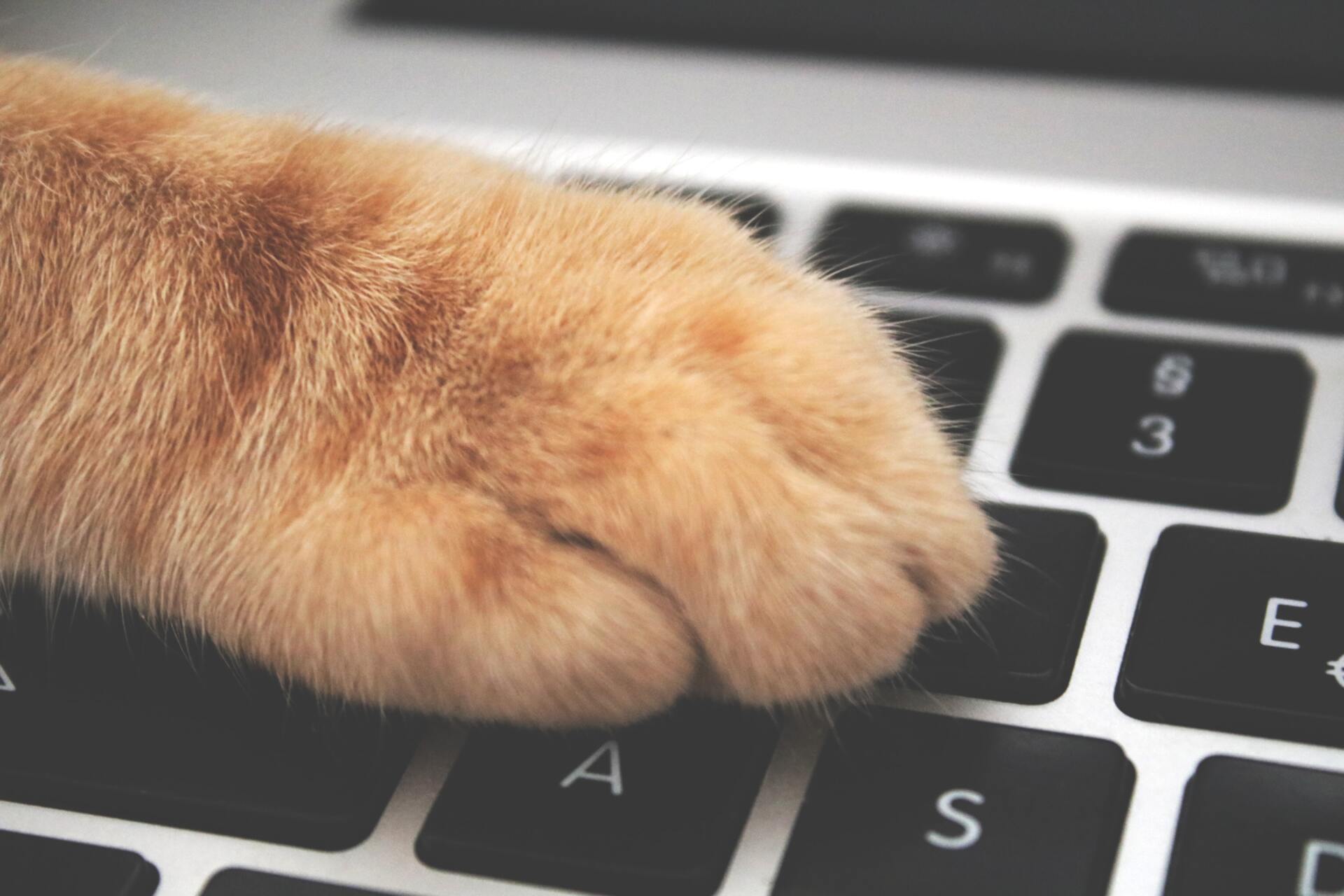Spaced out: the future of offices and the global effects of remote working
Are offices a thing of the past?
“If you can go into a restaurant in New York City, you can come into the office and we want you in the office”
—James Gorman, CEO of Morgan Stanley
It hasn’t been a great year for the office. Perhaps the bells sounded a while ago. With cube farms and Dilbert in the nineties, the failure of a workspace revolution by WeWork, and then a spiky virus sequel named SARS-CoV-2. Was the office space doomed to fail or does it just need a rethink?
As workers around the world wait to see if they are called back, Covid-19 fears will limit numbers on-site and there’s even a risk that rats nested and chewed up your office while you were way.
The heralding and doubts over remote working have peaked and troughed over the past 12 months. Jamie Dimon, CEO of JP Morgan, famously declared that there was no ‘creative combustion’ in virtual meetings, and said he wanted his staff back in the office as soon as possible. Likewise, the CEO of Morgan Stanley recently told staff that if they can go to a restaurant in New York they have no excuse to not be in the office. But many will go kicking and screaming. Lots of us really like remote working; statistics differ but around two thirds of workers in the UK would prefer to continue working from home on a hybrid model. Yet reports also suggest that roughly one in three home-workers state their hours have increased and many feel an expectation to be available at all times.
Research done before the pandemic had already associated productivity increases with remote working. This is put down to less breaks and (surprisingly) less distractions at home. Many companies that switched to WFH during the pandemic echoed these findings. The reality of this productivity spike and its longevity are still fuzzy. Some workers are more productive at home while others work better in the office. Much of the research is contradictory because there are so many factors at play —which might explain why tech companies are thriving without an office while Wall Street banks are clamouring for staff to return.
There were many reports and headlines about burnout. Zoom fatigue became an acceptable form of exhaustion last year (if home schooling your kids wasn’t exhausting enough). The hypothesis put forward is that video calls omit many of the non-verbal cues we use to show interest, leading to an intense focus on words and eye-contact, which drives up our cognitive load.
Lastly, quality of life has affected by remote working in various ways. Some families ditched London for Cornwall. Many of us got rid of a long and frustrating commute. On average, it has been calculated that UK home-workers save about £40 per week. It’s easier to make yourself something for lunch or go for a run on your break. Your dog is much happier having you around more (cats polled said they remain ambivalent).
Overall, the jury is still out on remote working. As we slowly phase out of pandemic restrictions, we thought it timely and relevant to ask what the future of offices and workspaces might look like post-pandemic.
Six big changes to how we work
01 – The hybrid model
Probably the way most companies will go. This model entails employees coming into the office for 1-2 days a week. This way companies can shrink their office space and potentially redistribute their workforce. Productivity gains hopefully continue while some of the cohesiveness and face-to-face nature of working in the same space are maintained. In some cases, workers will be able to choose how many days they come into the office and change that preference depending on the nature of a particular project.
02 – Data collection
One of the potential inevitabilities of increased remote working will be digital tools to monitor employees’ worktime, such as virtual clocking in and out, tracking computer usage and monitoring internal chat and emails. Some of the additional tracking isn’t Orwellian on the face of it, as companies are currently trying to understand employee engagement and wellbeing through these tools. However, such holistic understanding probably serves the same end goal of improving productivity and might be viewed negatively if employees feel their spheres of public and private life are converging to their own detriment.
03 – Wellbeing and the employee experience
Pressures and burnout during the pandemic, as well as the encroachments of family life and home-schooling, meant that many managers were directly involved in measures to help the wellbeing of workers. This might have been extremely difficult for some and perhaps they considered it outside their remit, but there are signs this kind of role will continue and that leadership itself will grow to encompass and include greater degrees of mentorship. It is likely that job flexibility will become the norm, providing more options to adapt work to family life and other commitments.
04 – The knock-on effects of remote working
Writing from the perspective of a digital transformation consultancy, it is easy to forget that many jobs can’t be relocated to home. Approximately a quarter of workers are in transportation, food, cleaning and maintenance. Many of these jobs will be affected by the closure of offices and the thinning out of commercial areas. Everything from coffee shops to train companies will potentially be affected by falling revenue. Remote work will benefit a minority but it risks magnifying inequalities at a social level. If this trend is inevitable, which it probably is, we need to rethink how our high streets function and also our economy as a whole. There might be some hidden positives. As our workforce becomes more distributed, there could be a larger network of hubs across the country, rather than just the powerhouse financial centres. Jobs and wealth might spread out a bit more and feed into local economies.
05 – The creativity dilemma
It is often reported that creativity suffers virtually, and face-to-face collaboration is required to really get those creative juices pumping. I have not found any studies to back up this claim, but it is repeated anecdotally by many creative agencies and artists around the world. Many creatives have said the pandemic imposed a linear, corporate culture on their work habits, stifling their creativity. They faced a diary full of Zoom meetings which gave them little time to think and grow an idea. Many creative teams have said they found it much harder to collaborate virtually on projects. Their emphasis is often on the fragile nature of creativity, how it can’t be reduced to a process or repeated in the same way. Sometimes, as with so many creations, a perfect alignment of time and place is required. Was Abbey Road the sixth Beatle?
It might be too early to answer this question, but if you are a creative business (and what business problem doesn’t require creativity) then this issue isn’t going away soon.
06 – Pay grades
Another potential thorn for remote working is the potential for pay grades to be adjusted to reflect the cheaper cost of working at home. CEO of Morgan Stanley, James Gorman, said, in typically direct fashion, that if staff expected New York wages they better work in New York. Generally speaking, remote working is attached to well-paid jobs (often in tech) so this might not appear to be an immediate concern for job markets. However, globalisation has long spurred a general shift toward cheap remote labour and digital tools make it easier for companies of all sizes to benefit from freelancers working in poor countries. This raises questions about wage standards and ethics.
Conclusion
The pandemic shunted us forward a few years and sped up a more gradual trend towards remote working. Zoom fatigue and a diary full of video calls is a reality that are we are still adjusting to. It is clear there are both gains and losses in this new era and the dust is yet to settle. Business leaders must continue to show empathy. They must coach their teams and discover better ways of working. Companies need to collect data and encourage feedback. Businesses must be agile. They must be able to pivot quickly and adopt new working patterns. Digital transformation is key, and the right tools are essential. Managers need mentoring and extra training to help them adapt to leadership with remote teams.
At Cambridge Management Consulting we follow a hybrid model, but our workforce is spread out across 14 countries. We have performed successfully as a remote team for many years now. We’ve learnt many lessons along the way, but we are always learning, always refining our procedures and tools.
About Us
Cambridge Management Consulting is a specialist consultancy drawing on an extensive network of global talent. We are a growth catalyst, assembling a team of experts to focus on the specific challenges of your market.
With an emphasis on digital transformation, we can help any business attempting to scale by combining capabilities such as marketing acceleration, digital innovation, talent acquisition and procurement.
Subscribe to our Newsletter
Blog Subscribe
SHARE CONTENT












